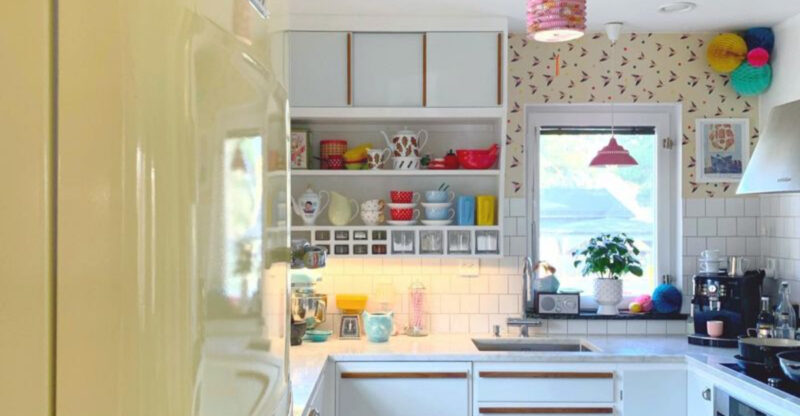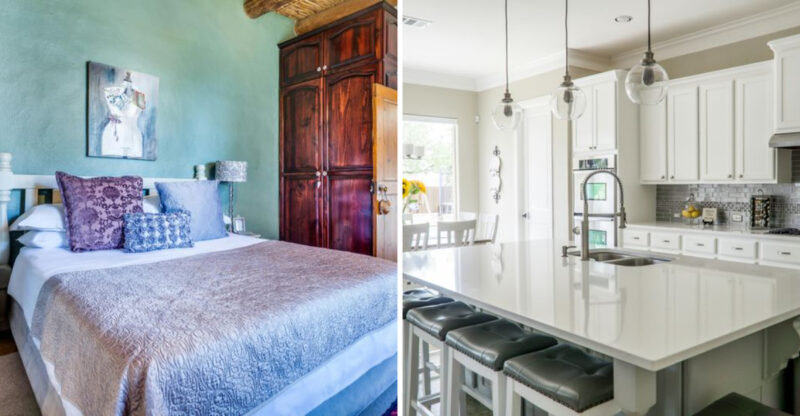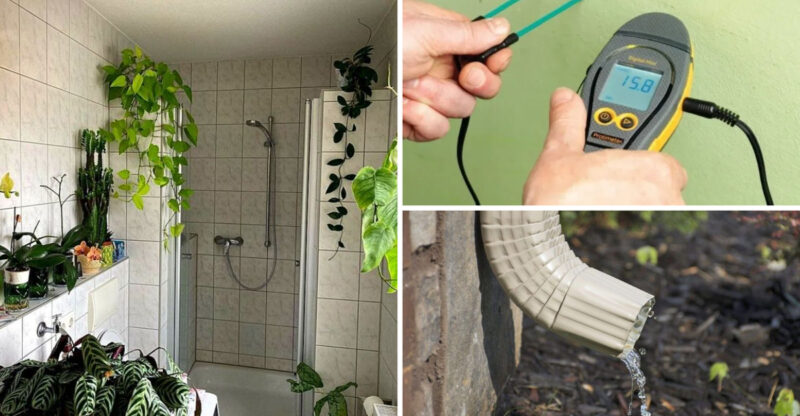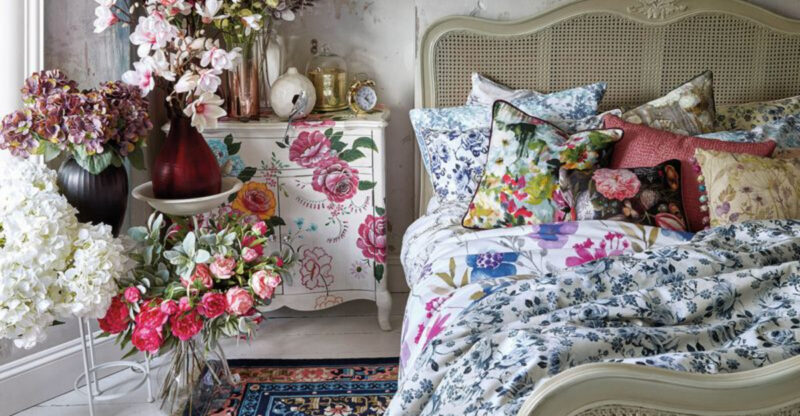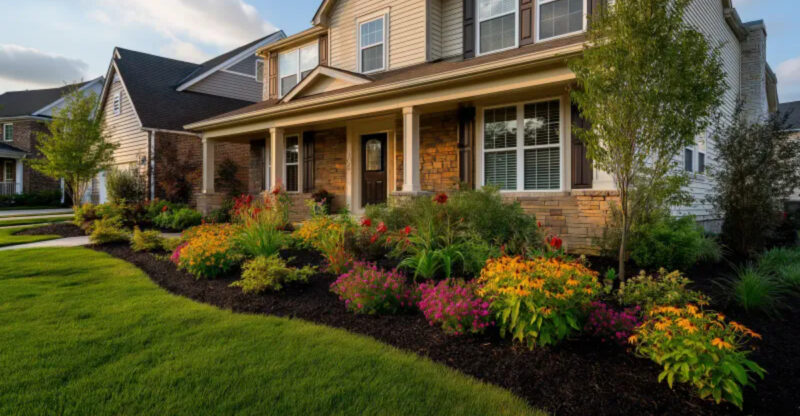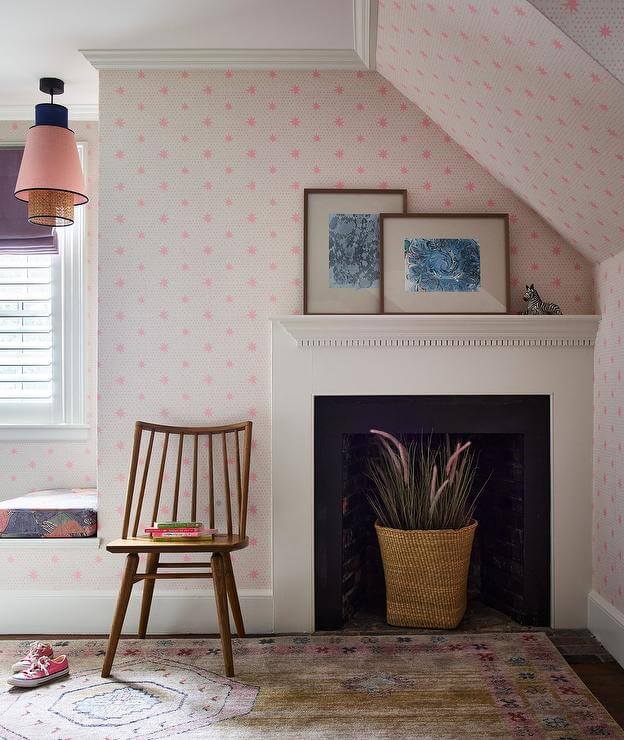6 Kitchen Styles Losing Popularity And 2 That Remain Design Staples
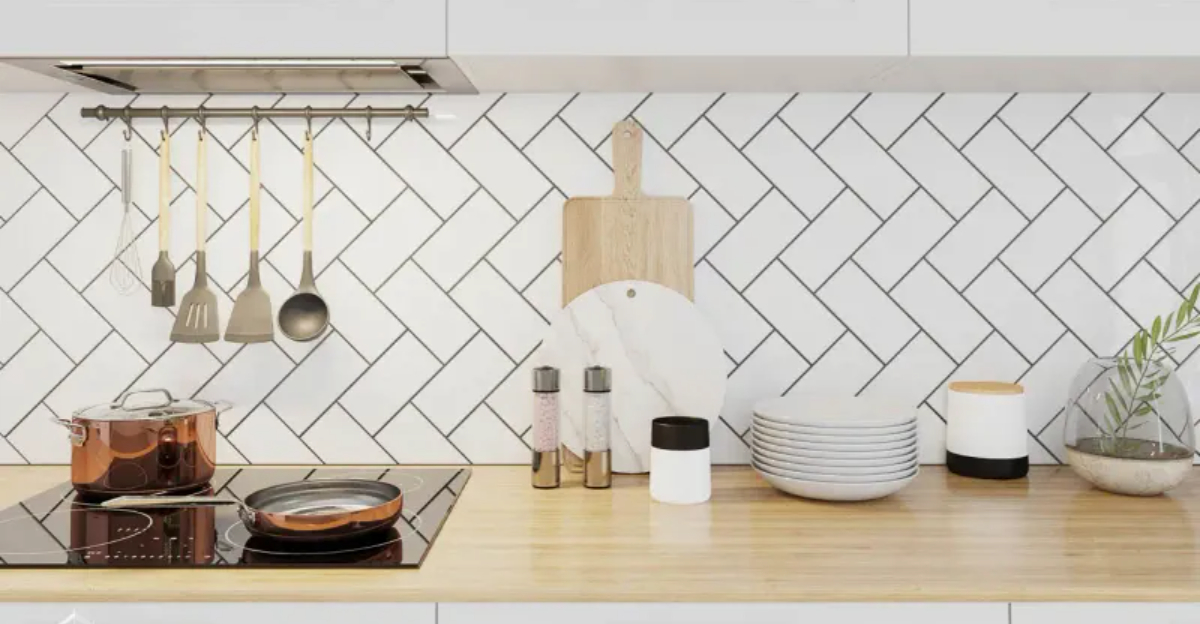
Kitchen designs evolve just like fashion, with some styles fading into the background while others stand the test of time.
As homeowners seek more personalized and functional spaces, certain once-popular kitchen trends are quietly disappearing from design magazines and social media feeds.
Whether you’re planning a renovation or simply curious about current kitchen trends, understanding which styles are declining and which remain evergreen can help you make smarter design choices for your home.
1. All-White Kitchens
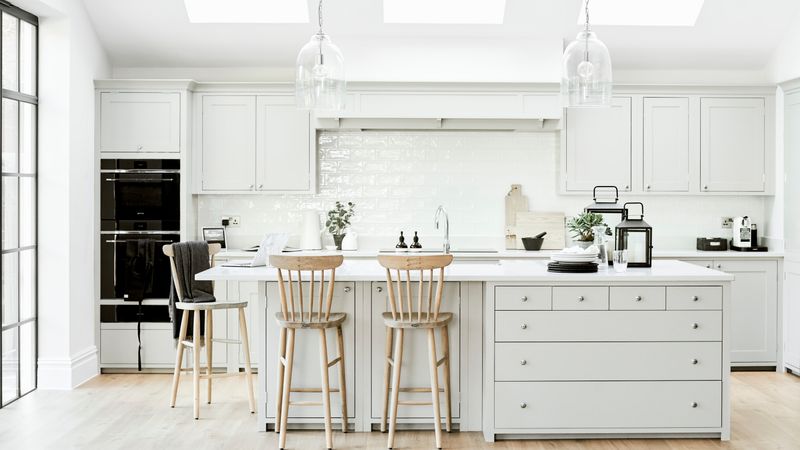
The pristine, clinical look of all-white kitchens is gradually losing its appeal among homeowners and designers alike. For years, these bright spaces dominated design shows and Pinterest boards, promising a clean, timeless aesthetic.
Many people now find them too sterile and impractical. White cabinets, countertops, and backsplashes show every speck of dirt and require constant cleaning to maintain their showroom appearance. Kids and busy cooks quickly discover that white kitchens can become maintenance nightmares.
Designers are now incorporating warmer elements like wood tones, colored islands, or two-tone cabinetry to break up the monotony while still maintaining brightness. This shift reflects a broader trend toward kitchens that feel lived-in and personal rather than antiseptic and uniform.
2. Rustic Farmhouse
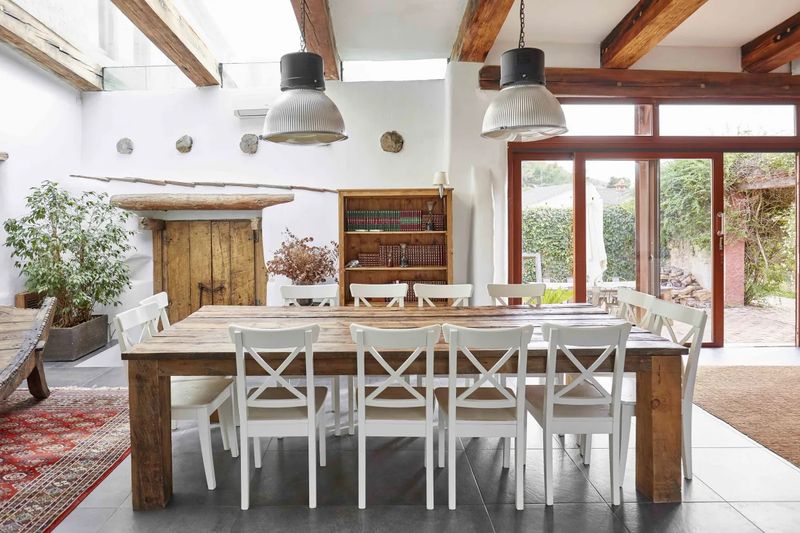
Shiplap, barn doors, and distressed wood the farmhouse style championed by design shows has reached saturation point. What once felt charming and homey now risks looking like a theme park version of country living.
Homeowners are growing tired of mass-produced “rustic” elements that often feel inauthentic in modern homes. The abundance of farmhouse signs with cutesy sayings and chicken wire accents has pushed this style into cliché territory. Even designers who pioneered the look are moving toward more subtle interpretations.
If you love country charm, consider incorporating just one or two quality farmhouse elements rather than the full treatment. Authentic vintage pieces or locally crafted items bring warmth without turning your kitchen into a replica of a TV set.
3. Tuscan-Inspired Decor
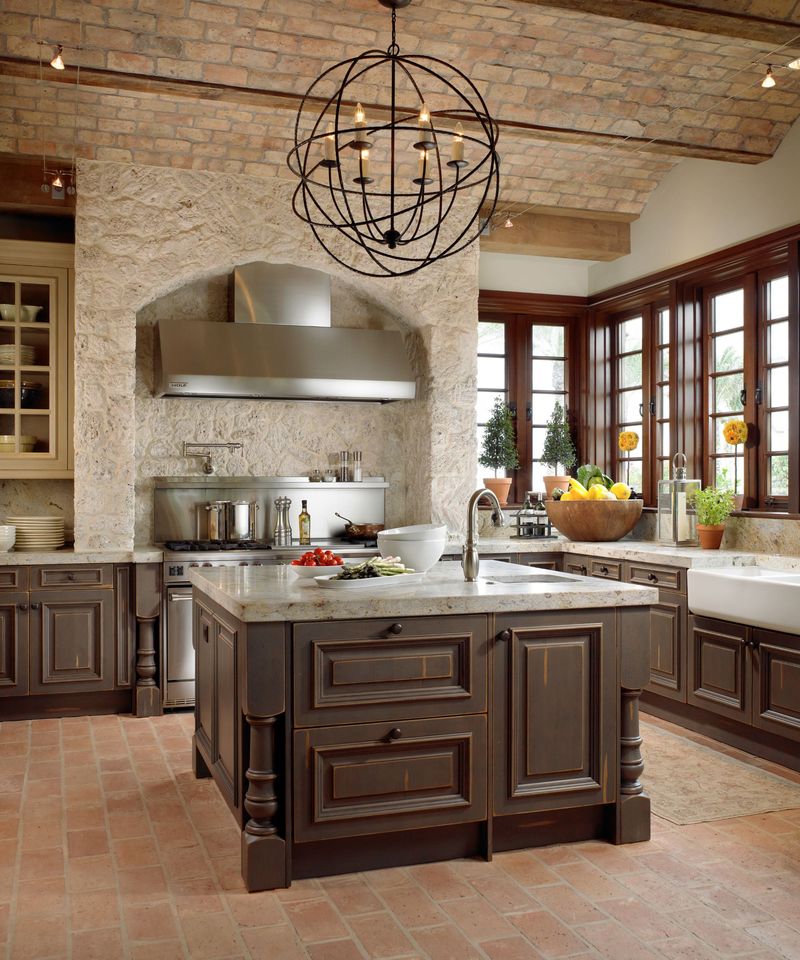
Remember those Mediterranean-inspired kitchens with terracotta tiles, ornate iron fixtures, and faux-finished walls in burnt orange and gold? This heavily themed style that peaked in the early 2000s is now considered one of the most dated looks in kitchen design.
Heavy, dark cabinetry paired with busy granite countertops creates spaces that feel gloomy by today’s standards. The artificial aging techniques and grape motifs that once signaled luxury now make kitchens appear stuffy and overwrought.
Designers are replacing these elements with cleaner lines and more authentic Mediterranean influences. Light woods, simple pottery, and functional open shelving capture the essence of Italian and Spanish design without the theatrical elements that defined the Tuscan trend.
4. Glossy Modern Minimalism
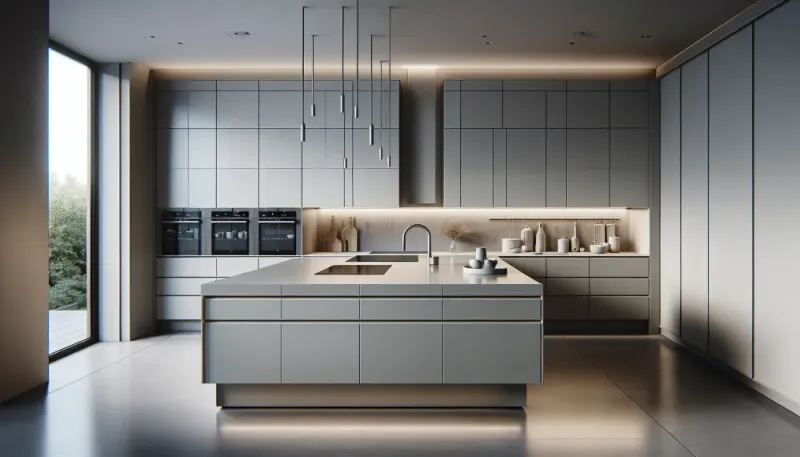
The ultra-sleek, handle-less kitchen with high-gloss cabinets and stark minimalist design is losing ground as homeowners seek more character. These kitchens, with their reflective surfaces and hidden appliances, often feel more like laboratories than the heart of the home.
Fingerprints and smudges show prominently on glossy finishes, requiring constant wiping. Many families have discovered that the pristine look quickly becomes a maintenance burden. Without texture or visual interest, these spaces can feel cold and unwelcoming.
Today’s modern kitchens incorporate warmer elements like matte finishes, natural materials, and visible textures while maintaining clean lines. This evolution acknowledges that kitchens should be functional, livable spaces rather than showpieces that prioritize form over function.
5. Industrial Style with Exposed Pipes
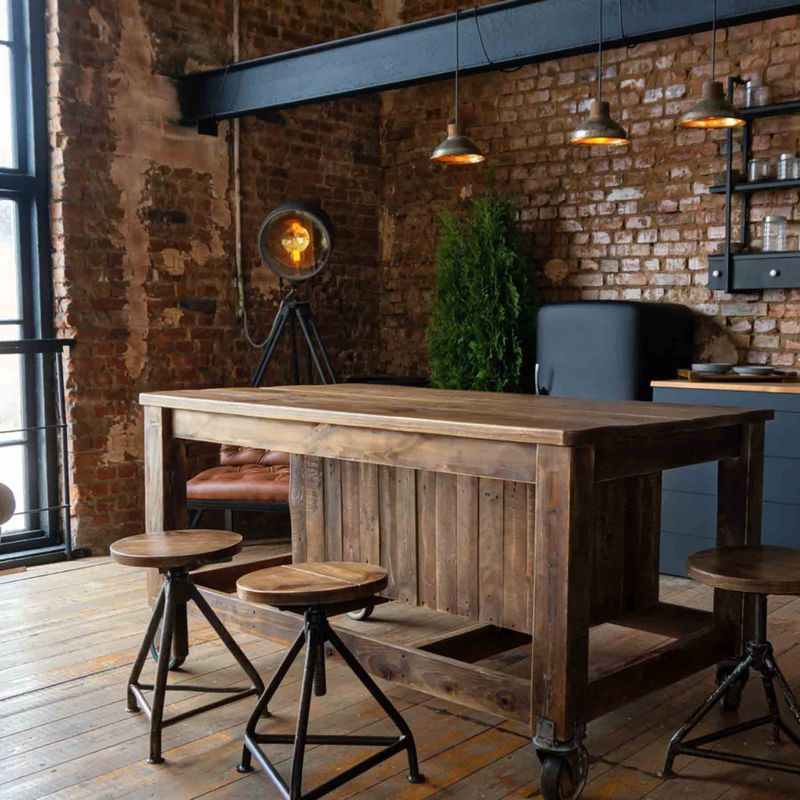
The raw, unfinished look of industrial kitchens is gradually being refined as homeowners tire of spaces that feel like converted warehouses. Exposed pipes, Edison bulbs, and metal everything created a distinctive aesthetic that’s now feeling overplayed in residential settings.
What began as an authentic response to loft living has become a manufactured style that often feels forced in suburban homes. The cold metals and utilitarian elements can make kitchens feel uncomfortably stark and noisy, with poor acoustics from all the hard surfaces.
Designers are now softening industrial elements by combining them with warmer materials. Instead of going full factory, they’re incorporating select industrial touches like a statement light fixture or steel shelving alongside wood and textiles for a more balanced, comfortable approach.
6. Overly Themed Coastal Look
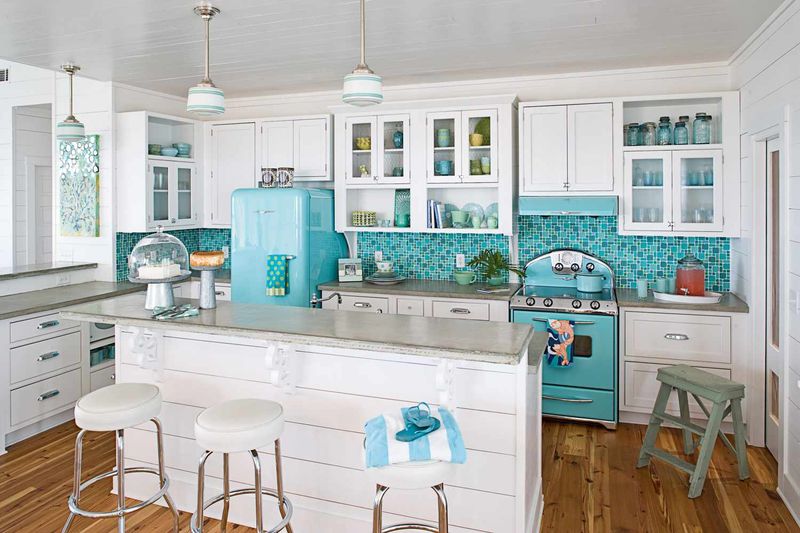
The heavily themed beach kitchen – complete with seashell cabinet knobs, lighthouse decorations, and walls painted in obvious ocean blues – is washing away. This literal interpretation of coastal style often feels like vacation rental decor rather than a sophisticated design choice.
Homeowners are realizing that nautical elements quickly become kitschy when overused. The “beach house in a box” approach with rope accents, anchors, and fish motifs everywhere creates a space that feels seasonal rather than timeless.
Modern coastal kitchens focus instead on the essence of seaside living natural light, airy spaces, and durable materials. Subtle references to the ocean through texture, a restrained color palette, and quality materials create a more elegant, year-round interpretation of coastal style that doesn’t scream “theme kitchen.”
7. Classic Shaker Cabinets (Design Staple)
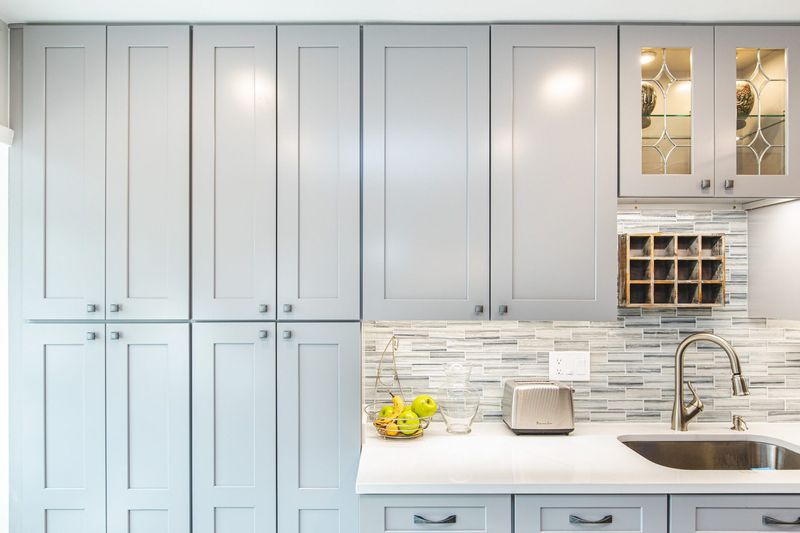
Amid changing trends, Shaker cabinets continue to reign supreme in kitchen design. Their simple, clean lines and emphasis on craftsmanship make them remarkably adaptable to various design aesthetics, from traditional to contemporary.
The beauty of Shaker style lies in its understated elegance. The recessed panel doors with minimal ornamentation create visual interest without overwhelming the space. This versatility explains why they’ve remained popular since their origin with the Shaker religious community in the 1800s.
These cabinets pair beautifully with virtually any countertop material, hardware style, or color scheme. Whether painted crisp white, moody blue, or finished in natural wood, Shaker cabinets provide a reliable foundation that can evolve with changing tastes – a true hallmark of timeless design.
8. Timeless Subway Tile (Design Staple)
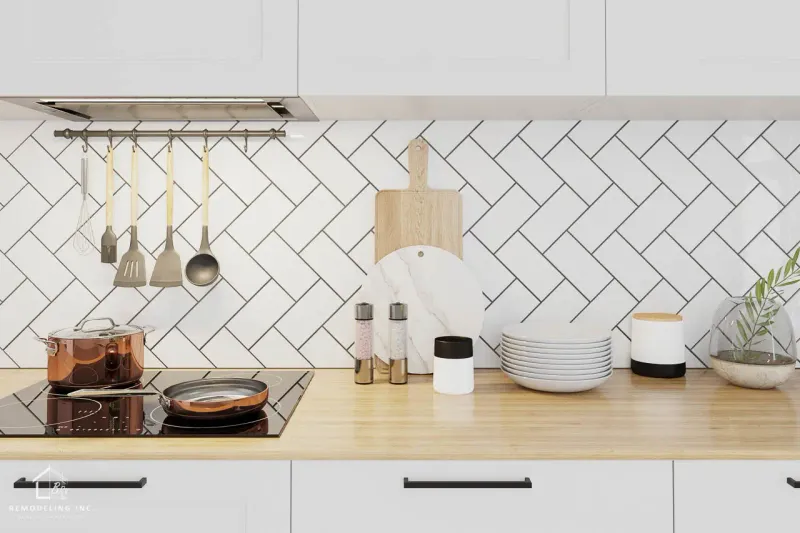
First appearing in New York City subway stations in the early 1900s, subway tile has transcended its utilitarian origins to become a kitchen design classic. The simple 3×6 rectangular tiles offer endless versatility through different layout patterns, grout colors, and finish options.
Homeowners appreciate subway tile for both practical and aesthetic reasons. The glazed surface is easy to clean, while the slight dimensional quality adds subtle texture to walls. Even as other trends come and go, subway tile continues to work harmoniously in kitchens ranging from Victorian to ultra-modern.
While white remains popular, today’s subway tiles come in countless colors and finishes – handmade versions with slight irregularities, crackle glazes, or unexpected hues like sage green or navy blue. This adaptability ensures subway tile will remain relevant for decades to come.

